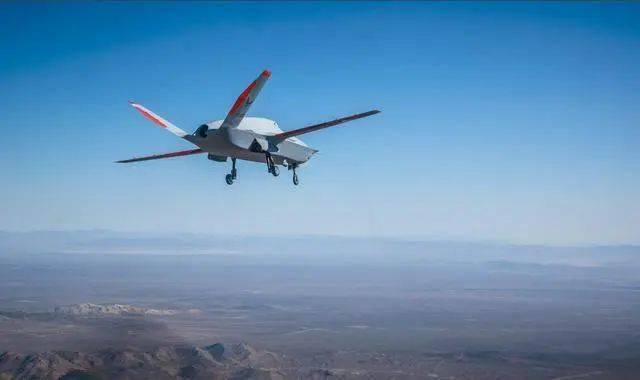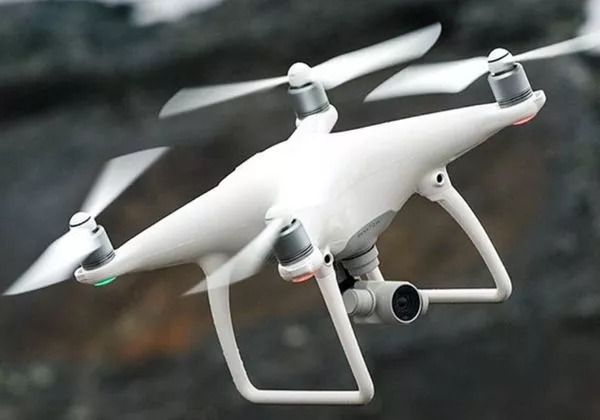In recent years, the advancements in drones with infrared camera technology have revolutionized various industries, providing unique capabilities to gather data that was previously impossible or challenging to obtain. These drones are equipped with infrared cameras that can detect heat variations across surfaces, allowing users to capture thermal images that reveal hidden patterns or problems.
Understanding Infrared Camera Technology

Infrared cameras operate by detecting the infrared light emitted by objects due to their thermal energy. Unlike visible light, infrared light is invisible to the human eye but can be detected by specialized sensors. These sensors convert infrared radiation into a visible image, typically represented in color gradients indicating different temperature ranges.
The Significance in Various Industries
- Agriculture: Farmers utilize infrared drones to monitor crop health by detecting heat stress and water loss in plants. This data helps in optimizing irrigation schedules and improving yield.
- Construction: Building inspectors can use these drones to identify insulation deficiencies or leaks in structures, enhancing efficiency in maintenance and repairs.
- Search and Rescue: Infrared-equipped drones play a crucial role in locating missing persons in challenging terrains or at night by detecting body heat signatures.
Benefits of Using Infrared Drones
The primary advantage of using drones with infrared cameras is their ability to access and monitor areas that are otherwise difficult to reach manually. Reduced operational costs and safer inspection procedures are additional benefits that make these drones invaluable tools.
Compared to traditional methods, infrared drones provide accurate and faster data, making decision-making processes swift and effective.
Challenges and Considerations
Despite their significant benefits, there are challenges to overcome, such as understanding and interpreting the thermal images correctly. Moreover, environmental conditions like rain or fog can impact the quality of data captured by infrared cameras.
Optimizing Drone Usage for Infrared Photography
To achieve the best results, it is imperative to plan drone missions based on weather conditions and environmental factors. Regular training sessions for operators in image interpretation and understanding camera settings improve results.
Selecting the Right Infrared Drone
When choosing a drone equipped with an infrared camera, consider factors such as camera resolution, battery life, and flight range. High-resolution cameras provide more detailed thermal images, while extended flight time ensures comprehensive data collection over large areas.
